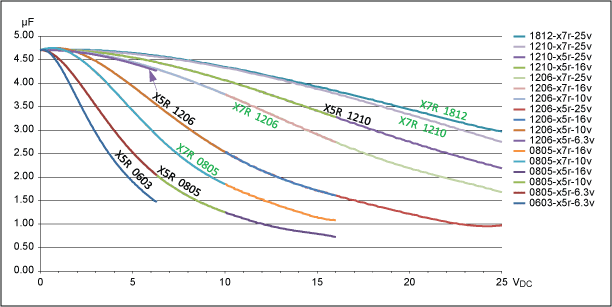In general, you should have no problems, but always keep your policy in mind.
If you are prototyping and producing pilot runs, then full-scale manufacture will no doubt involve using the minimum specification components. If you produce a PCB design, then it may be well to allow for min-spec as well as your-standard PCB holes for instance, so your standsrd 50V single-ended cap could be replaced by a physically smaller 16V type without bending the component leads on the production line.
Weight hasn't been mentioned, but is unlikely to be a consideration unless you're producing for NASA. But then, you'd be using Milspec, no doubt.
There will inevitably be the odd special-circumstances that you'll trip over. Here's a few war-stories, not necessarily related to passive components:
In the early days of microcomputing, programs were stored on and retrieved from cassette-tapes. Long-forgotten technology now, but at the time, a cheap-and-cheerful recorder was king. The "professional" standard machines were so intent on compensating for this, that and the other thing that they doctored the recording to the point of unusability.
Then there was the incident where a pilot run was produced with kits supplied by the design company from their standard stock. There was 1 drop-out from the 600 produced (and that was an incorrectly-mounted diode) against an expected 1% drop-out rate. The manufacturer went into full-scale production and rang in a panic with 30%+ failures. The cause was traced to low-spec transistors. Only just within specification and not following the expected specification distribution. It appeared that what was being supplied was the low-end "hobbyist" grade rejected by the big Asian manufacturers and sent to marketing backwaters. Our local manufacturer aded an extra filter - processing the low-grade devices through a beta-tester and returning the very lowest in the range to be sold off at the local electronics stores...
Finally, there was a device that consistently failed when one manufacturer's chips were installed at a particular point. They were consistently counting between 2 and 3 pulses when only one was sent. The lightbulb moment was when the manufacturer's representative exclaimed that they only ever released devices that were "three times that clock-speed." The trigger pulse was very short and the failing devices were counting both the pulse and its reflections...

